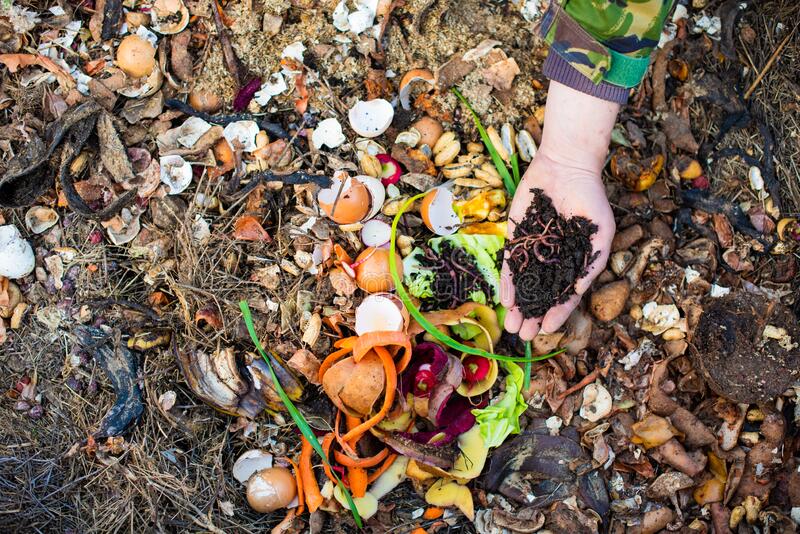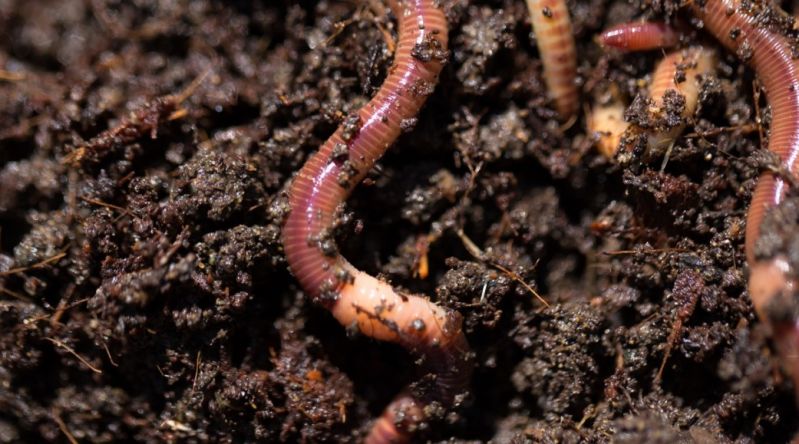
Introduction
vermicompost is method of preparing enriched compost with the use of earthworms. It is one of the easiest method to recycle agricultural waste and to produce quality compost. Earthworm consume biomass and excrete it in digested form called worm casts. Worm casts are popularly known as black gold.The caste are rich in nutrients, growth promoting substances, beneficial soil micro flora and having properties of inhibiting pathogenic microbes.



